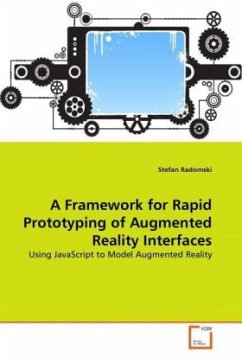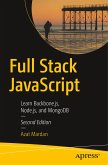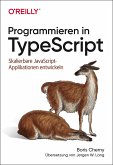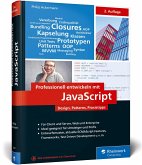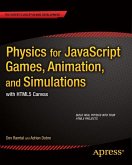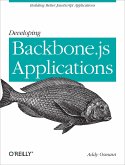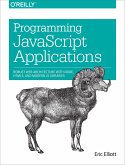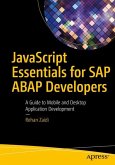Augmented reality is a technique to display information superimposed on a users per- ception of reality. When developing computer systems employing augmented reality, a key consideration beyond technical parameters is the paradigm provided for the usage of the system. This thesis presents a framework to rapidly develop augmented reality applications through scripting within a specialized JavaScript runtime environment, to elaborate on and evaluate different interaction techniques and use cases. The framework provides an application developer with a platform to model virtual worlds with a condensed set of concepts from a full- featured scene graph implementa- tion, and the functionality to spatially align objects in the virtual worlds with markers recognized by a camera. Custom components can be registered to modify the virtual worlds in response to events issued in the system. The framework is subsequently used to model the application NautiNav, a mock-up of a nautical navigationsoftware, to validate the approach and illustrate the usage of the framework.
Bitte wählen Sie Ihr Anliegen aus.
Rechnungen
Retourenschein anfordern
Bestellstatus
Storno

